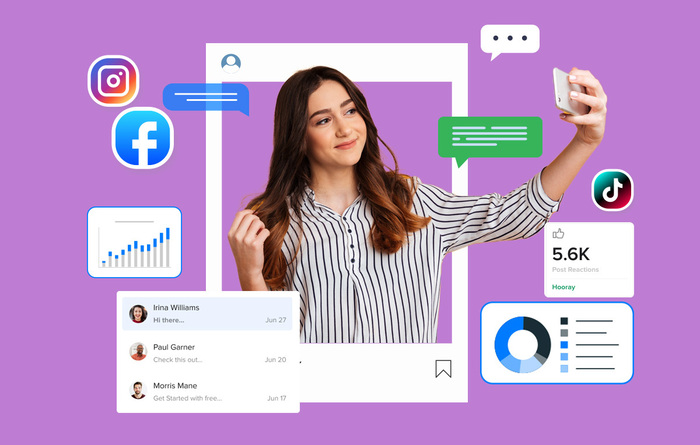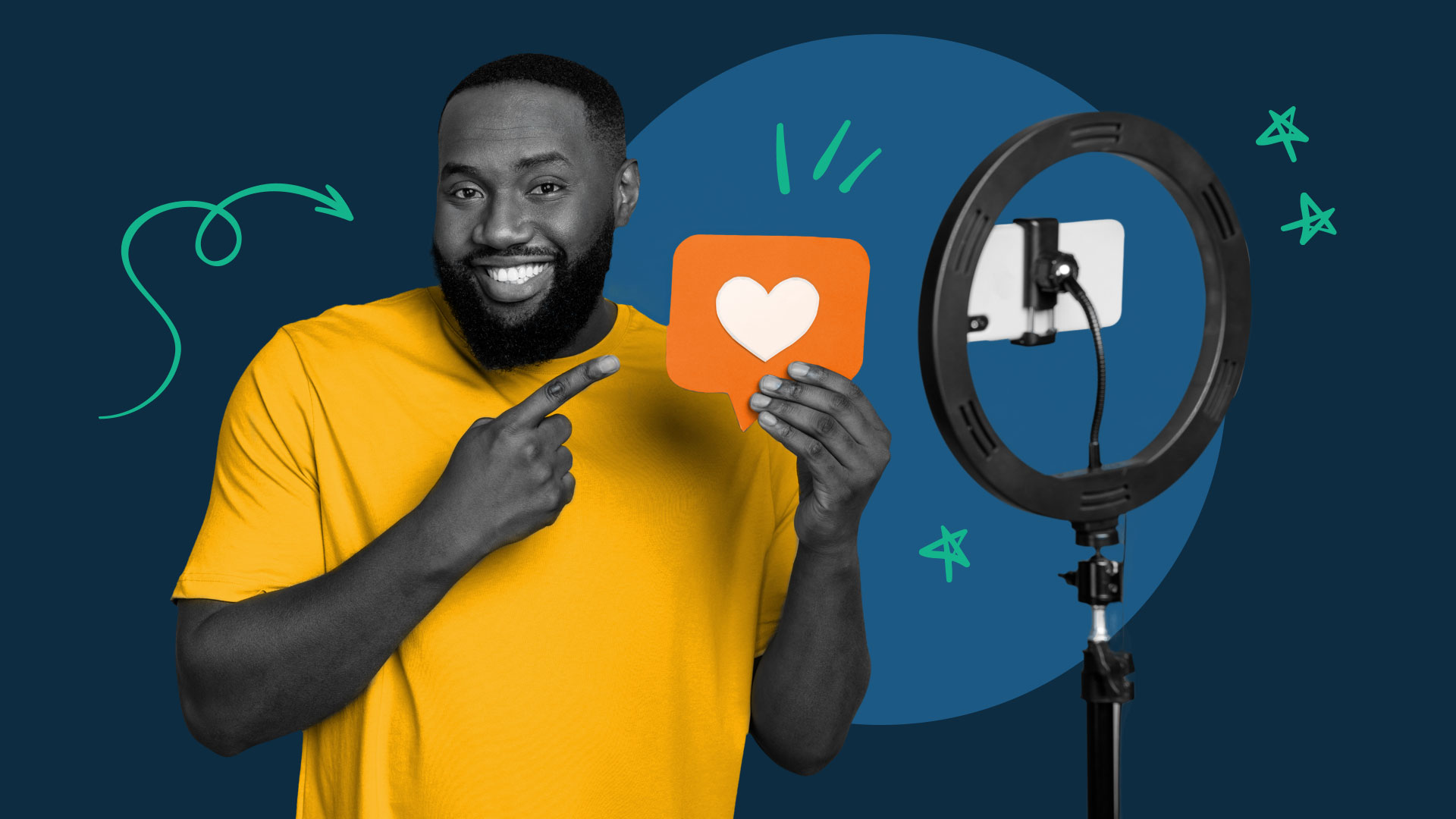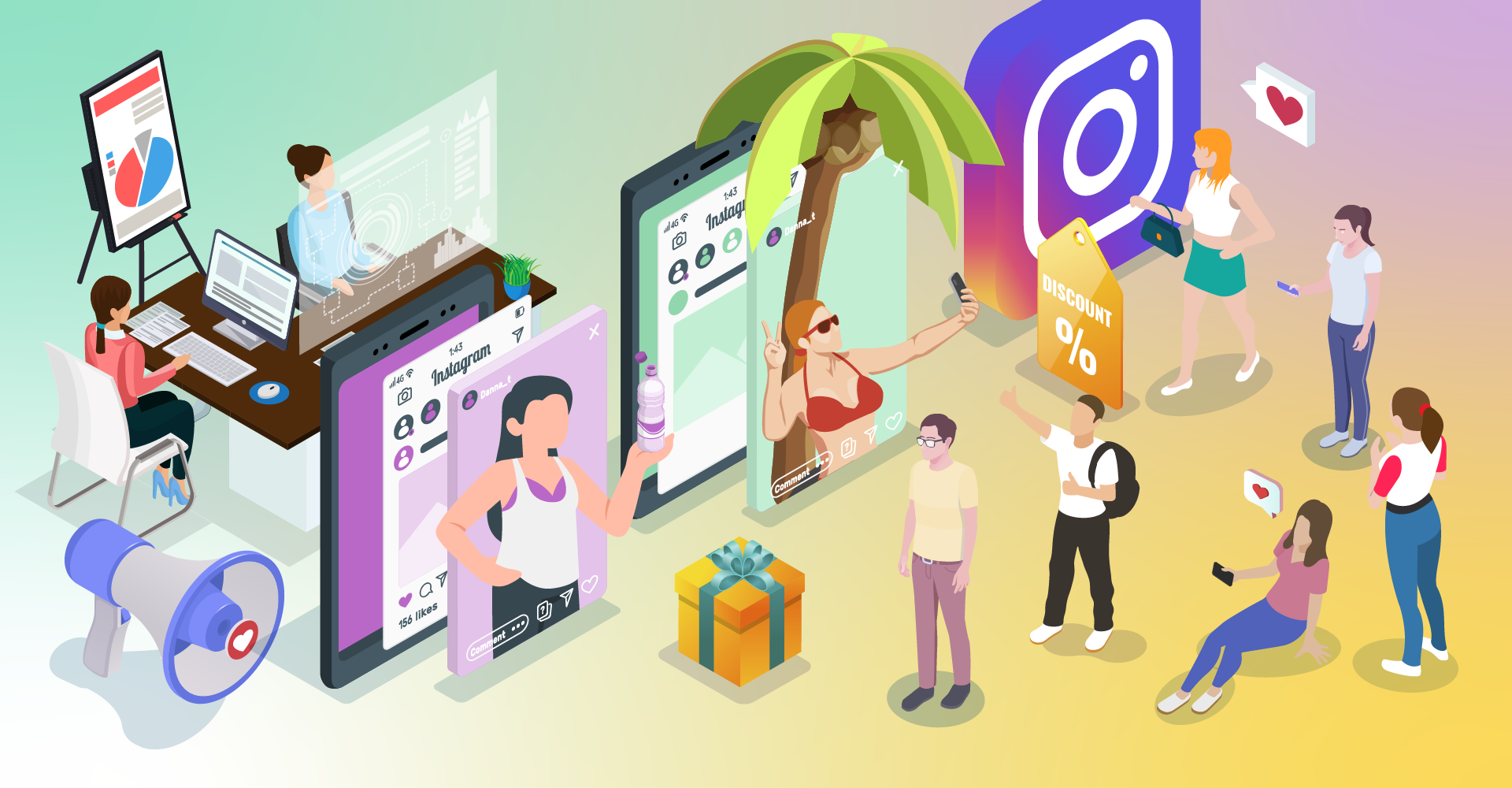In the ever-evolving world of digital marketing, influencer marketing has emerged as a transformative force, redefining how brands connect with audiences. With the global influencer marketing industry projected to reach $97.55 billion by 2030, growing at a 23.3% CAGR from 2025, its impact is undeniable. This strategy leverages the trust and authenticity of influencers to deliver messages that resonate, driving engagement and conversions in ways traditional advertising often cannot. As highlighted in ListScholarship’s 2025 influencer marketing trends guide, the shift toward trust-driven campaigns is fueling unprecedented growth. This blog delves into the essence of influencer marketing, explores its advertising applications, outlines a conceptual framework, explains how it works, and highlights the role of influencer marketing experts, offering a comprehensive guide for brands aiming to thrive in 2025’s dynamic digital landscape.
1. The Evolution of Influencer Marketing
Influencer marketing has grown from a niche tactic to a cornerstone of modern marketing, with global spending reaching $32.55 billion in 2025, a 35.63% increase from 2024, as noted in ListScholarship’s trends guide. Unlike traditional advertising, which often feels impersonal, influencer marketing harnesses the credibility of individuals with dedicated followings to promote products or services. In 2025, 86% of consumers report making a purchase influenced by an influencer, reflecting the strategy’s power to drive action. Platforms like TikTok, Instagram, and YouTube Shorts have amplified its reach, enabling brands to connect with diverse audiences through authentic content. This growth is driven by a shift away from celebrity endorsements toward creators with niche, engaged communities, making influencer marketing a vital tool for brands seeking to build trust and relevance in a crowded digital space.

2. Influencer Advertising: A New Paradigm
Influencer advertising, a core component of influencer marketing, blends authentic storytelling with strategic brand promotion to create compelling campaigns. Unlike traditional ads, which may struggle to capture attention, influencer advertising leverages creators’ voices to deliver messages that feel personal and trustworthy. In 2025, influencer campaigns generate up to 11 times higher ROI than banner ads, driven by higher click-through rates and conversions. For example, brands like Glossier have used influencer advertising to showcase skincare products through relatable tutorials, boosting sales by 25% in targeted demographics. As ListScholarship’s guide notes, 67% of consumers value honesty in influencer content, making authenticity the cornerstone of effective advertising. By partnering with influencers who align with their values, brands create campaigns that resonate deeply, fostering emotional connections that drive consumer loyalty and action.
3. A Conceptual Framework for Influencer Marketing
A robust conceptual framework for influencer marketing provides a structured approach to campaign success. At its core, this framework involves three pillars: audience alignment, content authenticity, and measurable outcomes. Audience alignment ensures influencers match a brand’s target demographic, using data to identify creators whose followers share relevant interests. Content authenticity emphasizes genuine storytelling, allowing influencers to integrate products naturally into their narratives, as 99% of brands with long-term partnerships report stronger audience loyalty, per ListScholarship’s trends guide. Measurable outcomes focus on tracking metrics like engagement, conversions, and brand lift to ensure ROI. This framework is dynamic, adapting to platform trends and consumer behaviors. For instance, a fashion brand might collaborate with a micro-influencer on Instagram to promote sustainable clothing, using analytics to refine content and maximize impact, ensuring campaigns are both strategic and authentic.
4. How Does Influencer Marketing Work?
Influencer marketing works by leveraging the trust and reach of influencers to promote a brand’s message. The process begins with identifying influencers whose audience aligns with the brand’s target market, often using AI tools to analyze demographics and engagement metrics. Brands then collaborate with influencers to create content—such as sponsored posts, videos, or live streams—that integrates their product or service naturally. For example, the meditation app Calm saw a 20% download spike after partnering with lifestyle influencers for its 2024 sleep feature launch, as noted in ListScholarship’s app marketing blog. Campaigns are monitored in real-time, with 68% of marketers tracking engagement and 50% focusing on link traffic to gauge success. The key is authenticity—content that feels like a genuine recommendation drives higher conversions, making influencer marketing a powerful tool for building trust and driving action in 2025.
5. The Role of Micro-Influencers in Effective Campaigns
Micro-influencers, with 10,000 to 100,000 followers, are pivotal in influencer marketing due to their high engagement rates, often exceeding 7% in 2025. Their smaller, loyal audiences view them as relatable peers, making their endorsements more impactful than those of mega-influencers. As highlighted in ListScholarship’s app marketing blog, apps like MyFitnessPal have leveraged micro-influencers to drive organic growth through authentic wellness content. Brands collaborate with these creators to produce content that feels unscripted, such as tutorials or lifestyle posts, ensuring seamless product integration. For instance, a productivity app might partner with a tech micro-influencer to showcase its features, driving targeted downloads. By focusing on niche communities, micro-influencers amplify campaign effectiveness, offering brands a cost-effective way to build trust and engagement.

6. The Expertise of Influencer Marketing Experts
Influencer marketing experts are the architects of successful campaigns, blending creativity with strategic insight. These professionals use advanced tools to identify influencers, negotiate partnerships, and track performance, ensuring campaigns align with brand goals. In 2025, experts leverage AI platforms like impact.com to analyze audience sentiment and optimize content, as 76% of executives increase budgets for AI-driven campaigns, per ListScholarship’s trends guide. For example, an expert managing a campaign for a skincare brand might select micro-influencers with engaged beauty communities, crafting content that drives conversions. Experts also ensure compliance with FTC disclosure rules, maintaining transparency to preserve trust. Their ability to navigate platform algorithms and consumer trends makes them indispensable for brands seeking to maximize ROI in a competitive digital landscape.
7. Navigating Challenges in Influencer Marketing
Influencer marketing faces challenges like audience fatigue and regulatory scrutiny, requiring strategic solutions. Overly promotional content can erode trust, with consumers favoring authentic storytelling, as 67% value honesty in influencer-driven purchases. The FTC’s 2025 guidelines mandate clear disclosure of sponsored posts, and non-compliance risks reputational damage. Algorithm changes on platforms like Instagram and TikTok can disrupt engagement, complicating campaign planning. As ListScholarship’s guide emphasizes, brands are shifting to long-term collaborations to build trust. Experts address these challenges by prioritizing genuine content, using AI to monitor compliance, and adapting strategies to platform shifts, ensuring campaigns remain effective and credible in a dynamic environment.
8. The Future of Influencer Marketing in 2025

The future of influencer marketing in 2025 is vibrant, driven by technological innovation and consumer demand for authenticity. Virtual influencers, powered by AI, offer brands controlled content, while nano-influencers, comprising 75.9% of Instagram’s influencer base, drive hyper-targeted engagement. Multi-platform strategies, spanning TikTok, YouTube, and podcasts, maximize reach, with podcasters leveraging over 6 million active shows globally. Social commerce integration streamlines consumer journeys, enabling seamless purchases from influencer content. As ListScholarship’s app marketing blog notes, the focus on measurable outcomes and trust-driven campaigns will shape the industry, empowering brands to build lasting connections and drive growth in an ever-evolving digital ecosystem.


.jpg)










